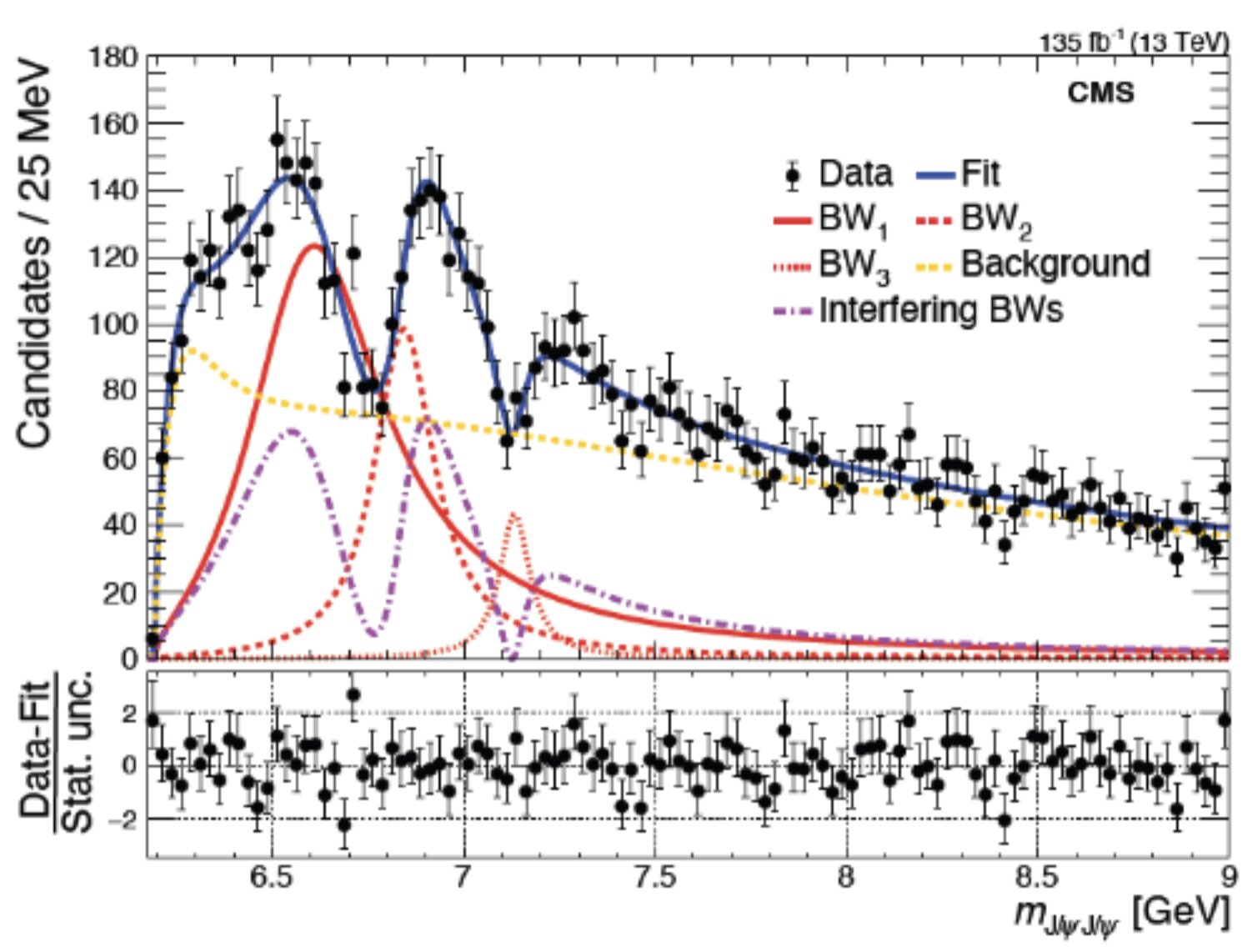For more than ten years, the CMS Collaboration, a diverse team of scientists from various institutions around the world, has been studying data gathered at the Compact Muon Solenoid, a versatile particle detector located at the Large Hadron Collider (LHC) at CERN. This extensive global scientific partnership aims to observe a range of elusive physical phenomena, such as exotic particles and potential dark matter candidates.
Prof. Kai Yi from Nanjing Normal University and Tsinghua University, a co-author of the study, explained to Phys.org, “The majority of the matter we encounter daily consists of electrons, protons, and neutrons. While electrons are considered fundamental, protons and neutrons are composed of triplets of particles known as quarks. The concept of quarks was proposed in 1964, and by the early 1970s, there was strong evidence supporting its validity.”
The 1964 model portrays quarks as tightly bound entities, so interconnected that they cannot exist independently and are only observed in bound states as quark triplets (qqq) or quark-antiquark (qq-) pairs. Scientists have identified numerous of these closely bound quark systems, commonly referred to as “hadrons.”
“There are numerous quark systems, but beyond the proton and neutron, they exist fleetingly,” Prof. Yi elaborated. “The original quark theory left room for the possibility that quartets and quintets of quarks could also combine to form particles, known as ‘exotic’ hadrons. This idea was explored by physicists for years, although it was considered a niche area of study.”
Observing exotic hadrons has long been a complex and challenging research goal. One of the obstacles was that existing experimental techniques limited scientists to searching for exotic systems composed solely of light (u, d, s) quarks, which are difficult to distinguish from regular hadrons.
2024-04-23 14:00:03
Original from phys.org
